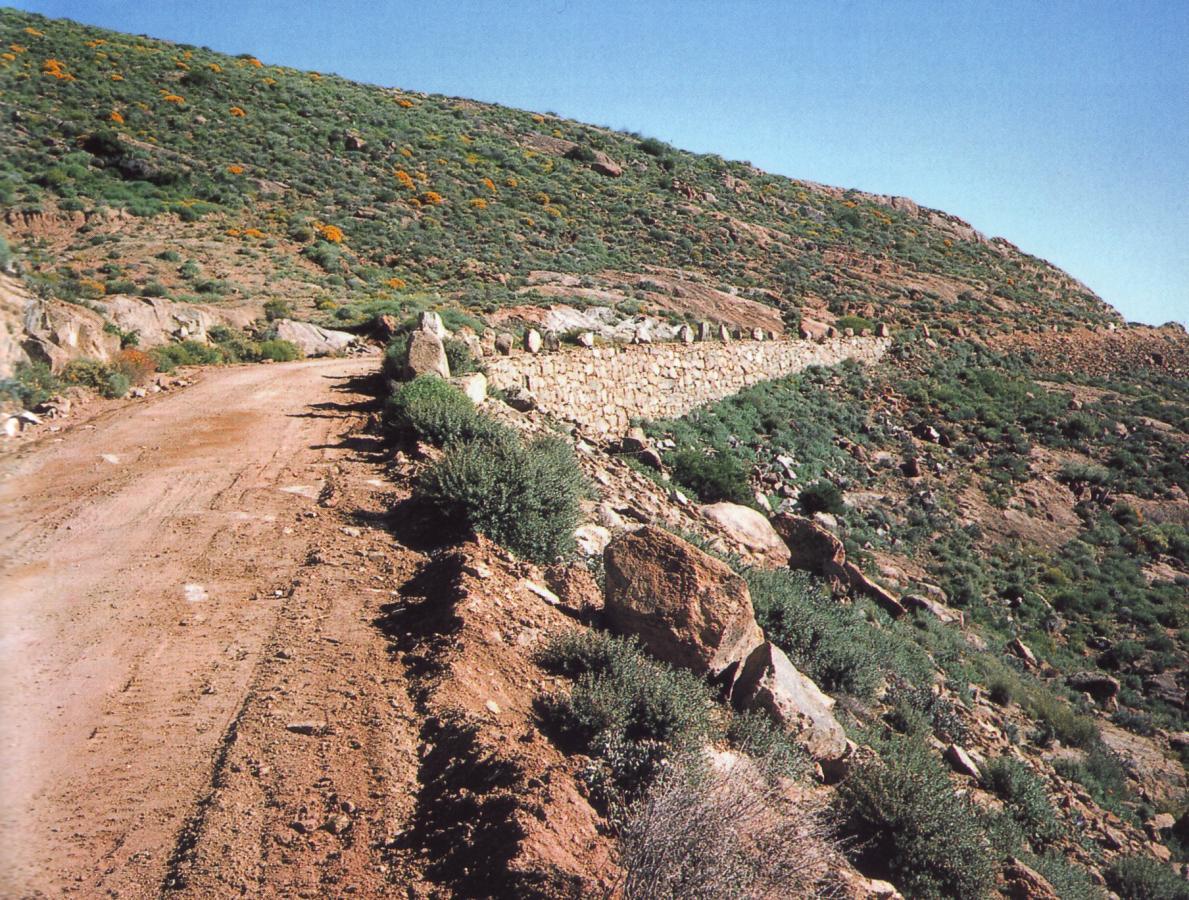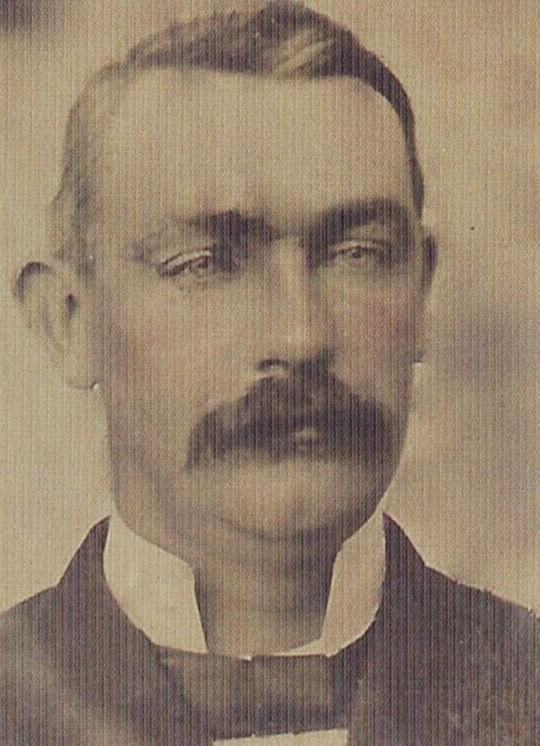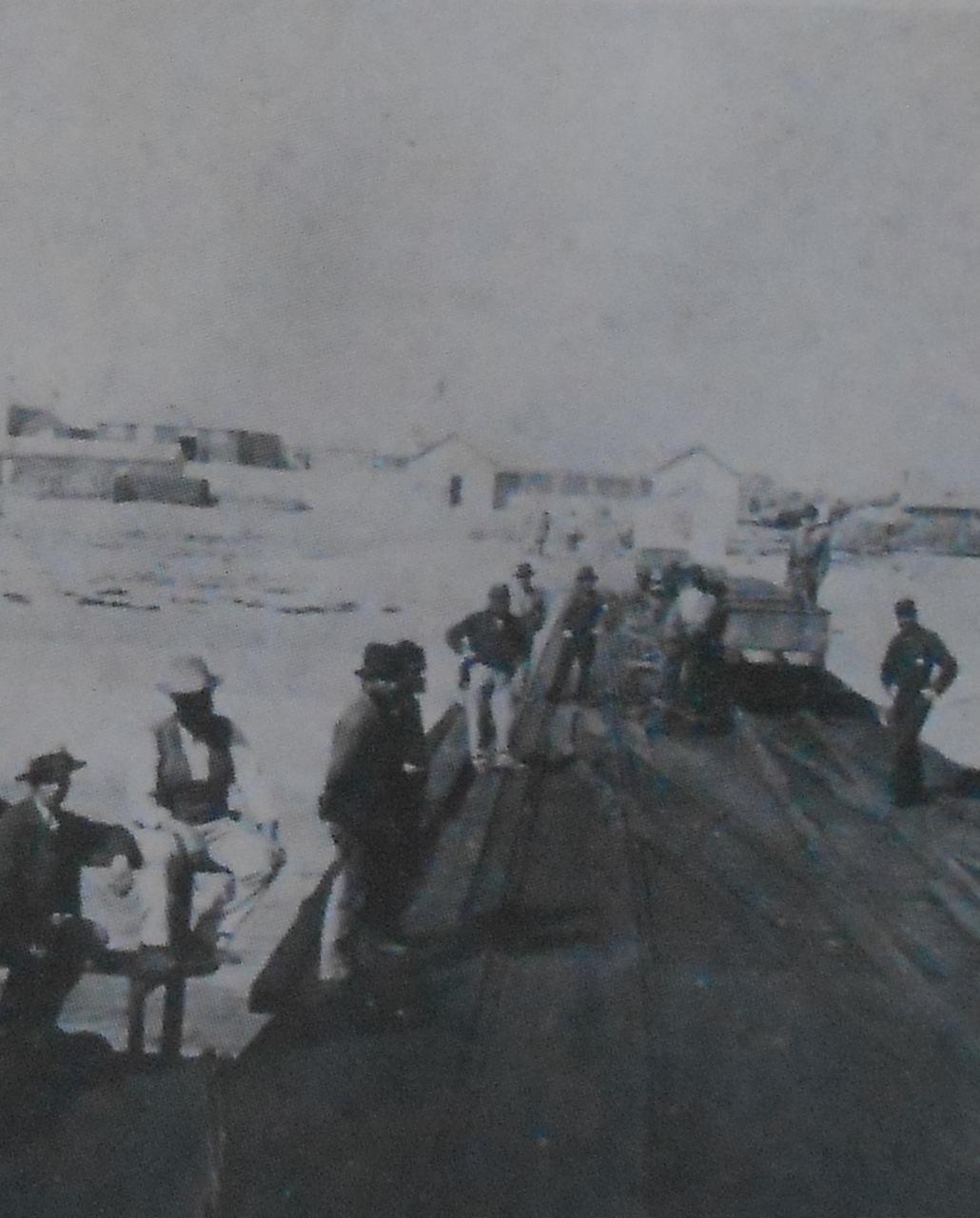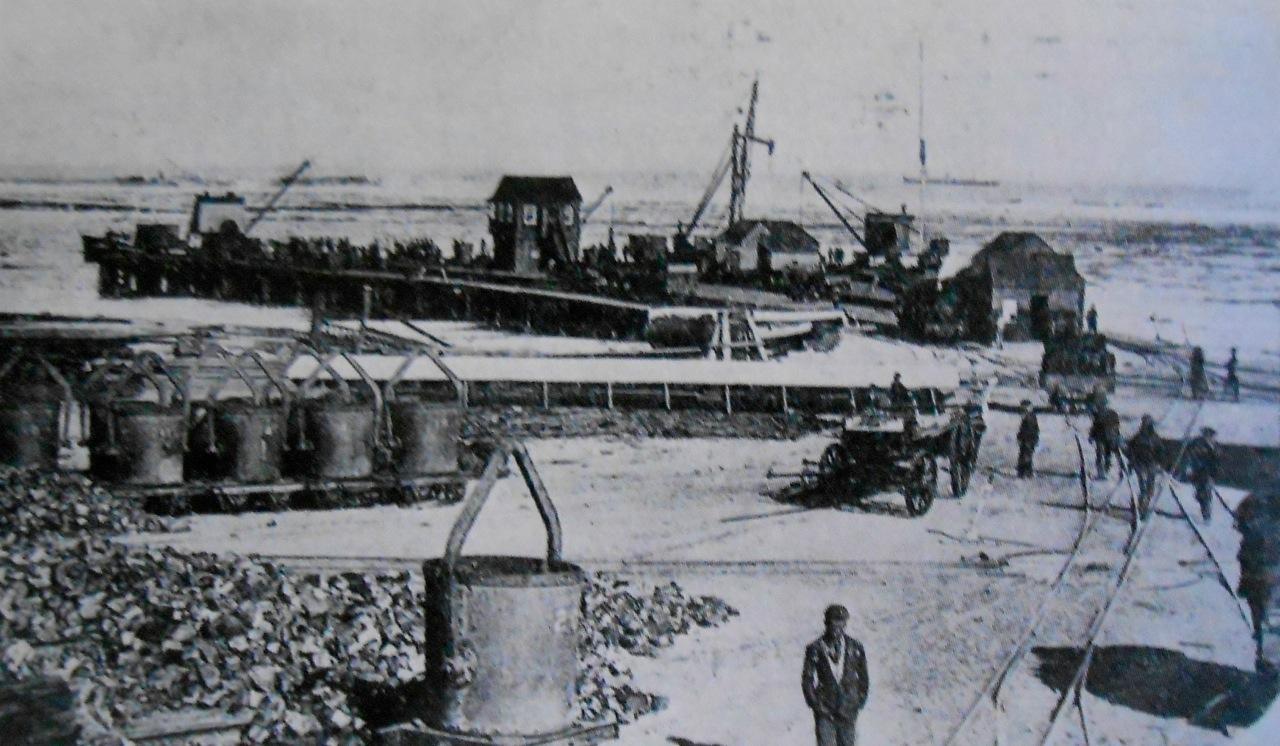
Disclaimer: Any views expressed by individuals and organisations are their own and do not in any way represent the views of The Heritage Portal. If you find any mistakes or historical inaccuracies, please contact the editor.
The North Western Cape is not the most hospitable part of South Africa, and young Patrick Fletcher, who hailed from the island of Jura off the coast of Scotland, must have had mixed feelings when he arrived there in 1850. He was born in 1827, and obtained formal qualifications as a civil engineer and as a geologist before arriving in South Africa. Here, strangely, he found that opportunities in his chosen fields were limited, so he studied for and passed the examinations for admission as a land surveyor - a calling for which, in a rapidly expanding country, there was a greater demand. He then took himself off to Namaqualand which was experiencing a copper mining boom. This economic windfall was threatened however by the difficulty in transporting the ore to the coast.
Patrick Fletcher
In 1854 Fletcher surveyed the first 120 miles of the Orange River, and brought the first thirteen bags of copper ore down the river to the anchorage on the coast on behalf of the Kodas Mine, which had hoped that this waterway could be used to transport ore. During the voyage the boat was nearly capsized by a hippopotamus, and without much further ado that mode of transport was abandoned.
His attention then turned to the Cape Copper Company operations in the vicinity of Okiep. Ore from these mines was transported along primitive tracks, across rugged territory to Hondeklip Bay, by a motley fleet of ox wagons and mule trains. The routes, as with all unmade roads across mountains, crossed the divide at summits to avoid wagons toppling over on side slopes, but the steep climbs were viciously cruel to animals, men and wagons.
Fletcher, who had been appointed government surveyor for the region, teamed up with Thomas Hall to find an answer to the transport problem. The preferred solution was a narrow gauge railway to Port Nolloth, but for the time being that was out of the question. The Colonial Government even initially rejected Plan B, which was for a properly engineered road down the escarpment, but eventually, after sustained pressure from the mines and the community, the funds were approved. Fletcher was regraded to Inspector of Roads and put in charge of the survey, design and construction of the work.
A view of Port Nolloth from the Jetty (Copper Mining in Namaqualand)
Port Nolloth jetty (Copper Mining in Namaqualand)
It was a tough job, carried out by convicts supervised by "totally inexperienced" overseers. The major feature of the route was the Messelpad Pass (see main image), built between 1867 and 1871, and is still in use, for all practical purposes, in its original form. Despite the labour problems – and droughts and cattle sickness – the workmanship was excellent. The dry-stone retaining walls, which solved the problem of the tumbling wagons compare favourably with those built by the Bains on better known passes further south. The pass has been declared a National Monument.
Fletcher left Namaqualand in about 1875 and settled in Cape Town where he became involved in water supply schemes to the city area, and was one of the first proponents of a dam on the top of Table Mountain and a tunnel through the Twelve Apostles to deliver water to the city, which were built a decade later.
He then became District Inspector for the Eastern Cape in the Public Works Department, which at the time was the branch responsible for all engineering activities in the Colony. In the this position he designed the water supply for Queenstown, located and arranged construction of major bridges across the Orange River, and was engineer-in-charge of construction of the main road to the north and the road to Port St Johns. He was thereafter appointed as Inspector of Mines for the short-lived Millwood gold field near Knysna, and was involved in the development of a coal mine at Indwe. He died in 1897.
As a pioneer engineer - probably the first formally qualified engineering geologist - in a developing country, Patrick Fletcher made a significant contribution through using his varied professional skills to good advantage.
Graham Ross liked to call himself a "padmaker". Although in the early stages of his career he roughed it with the hardy band of men who built roads in the dry and dusty rural areas of the Cape Province, in later years, after becoming one of the first qualified geometric engineers in the country, he operated out of a Cape Town office complete with drawing board and calculating machine. On retirement he began compiling a database of the history of Cape Provincial roads and, particularly, of mountain passes, which would earn him a doctorate from Stellenbosch University. This entailed a great deal of travelling, photographing, interviewing and research. At about the same time the Transportation Division of SAICE asked him to organise a series of articles about the passes for inclusion in the SAICE Magazine. For the SAICE centenary in 2003 Graham was persuaded to expand his articles into a book for general readers, which he produced at short notice with his customary care and flair, and "The Romance of the Cape Mountain Passes" appeared in bookshops soon afterwards.
Tony Murray is a retired civil engineer who has developed an interest in local engineering history. He spent most of his career with the Divisional Council of the Cape and its successors, and ended in charge of the Engineering Department of the Cape Metropolitan Council. He has written extensively on various aspects of his profession, and became the first chairman of the History and Heritage Panel of the South African Institution of Civil Engineering. Among other achievements he was responsible for persuading the American Society of Civil Engineers to award International Engineering Heritage Landmark status to the Woodhead dam on Table Mountain and the Lighthouse at Cape Agulhas. After serving for 10 years on SAICE Executive Board, in 2010 he received the rare honour of being made an Honorary Fellow of the Institution. Tony has written manuals, prepared lectures and developed extensive PowerPoint presentations on ways in which the relationship between municipal councillors and engineers can be more effective, and he has presented the course around the country. He has been a popular lecturer at UCT Summer School and has presented five series of talks about engineers and their achievements. He was President of the Owl Club in 2011. His book "Ninham Shand – the Man, the Practice", the story of the well-known consulting engineer and the company he founded, was published in 2010. In 2015 “Megastructures and Masterminds”, stories of some South African civil engineers and their achievements was written for the general public and appeared on the shelves of good bookstores. “Past Masters” a collection of his articles about 19th century South African Engineers is also available from the SAICE Bookshop.
Comments will load below. If for any reason none appear click here for some troubleshooting tips. If you would like to post a comment and need instructions click here.



